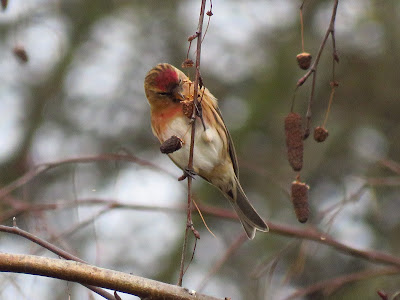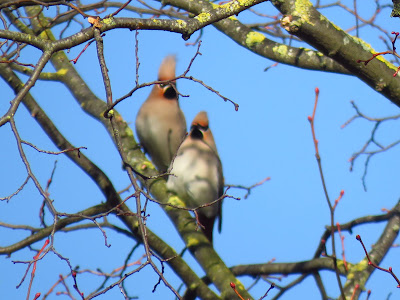
It is a mast year, with a bumper crop of acorns across the city. October is peak acorn season and last week I saw the first Rooks carrying acorns. Acorns are packed with energy, and several bird species take advantage of them. Woodpigeons, presumably swallow them whole from the trees, but Rooks and Jays collect the harvest and store it for use during the winter. Both species are scatter hoarders, and cache individual acorns on the ground, and use their extraordinary spatial memory to recover them later in the year, when other food resources are scarce. Although the Jays are best known for this behaviour, Rooks are also amazing acorn hoarders. Rooks can transport acorns - and other food items - in a pouch under their tongue, which obviously bulges as they fly over with their pouch full. The number of acorns they can carry depends on the acorn size, and varies from 2 to 7. They prefer to cache the acorns on grass, and can fly up to 4 km from oaks to suitable grassland. Once they find a good spot, they drop all the acorns they are carrying and bury each one by one, by first making a hole in the ground with their bills, and then hammering the acorn in and covering it with grass, leaves or soil. Later on, they will visit the caching sites in the winter, find their stored acorns and crack them open to feed.

A vocal Rook on an oak canopy, surrounded by plenty of acorns.
Rooks, unlike Jays, are very social and engage in communal acorn collecting, becoming very vocal when landing on the oaks canopy. They prefer to gather acorns with other Rooks, and individuals appear to join other individuals gathering acorns by flying in the opposite direction of individuals with full bills. When it comes to caching though, Rooks prefer to be alone, to avoid cleptoparasism, when other individuals try and steal their stored acorns.
Rooks displaying, the individual on the right, with distended sublingual pouch, passed an acorn to one on the left, presumably they are a mated pair.
More information
Waite, D. R. K. Food caching and recovery by farmland corvids. Bird Study 32, 45–49 (1985)
Källander, H., 2007. Food hoarding and use of stored food by rooks
Corvus frugilegus. Bird Study, 54(2), pp.192-198.

.JPG)











.JPG)





